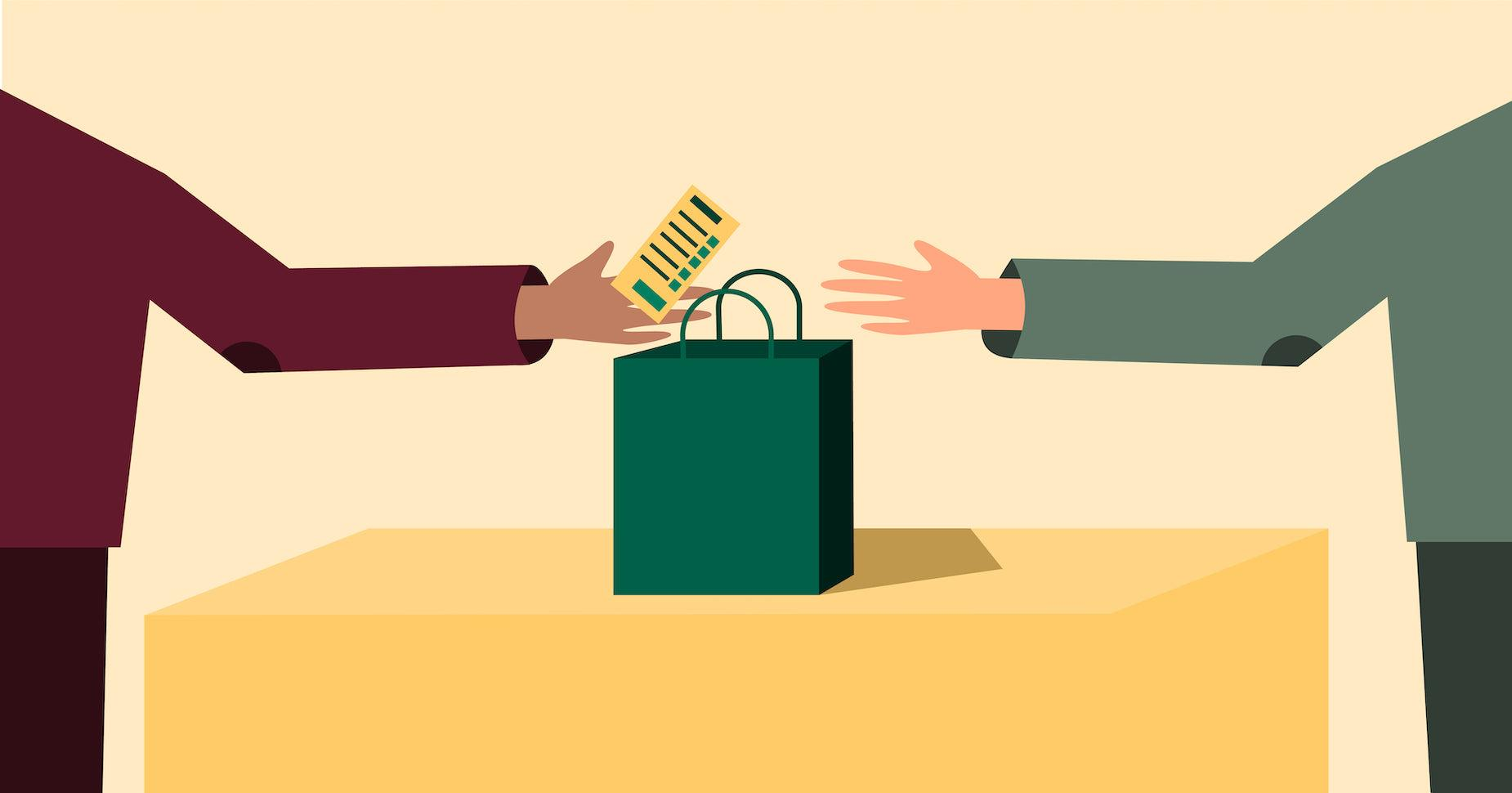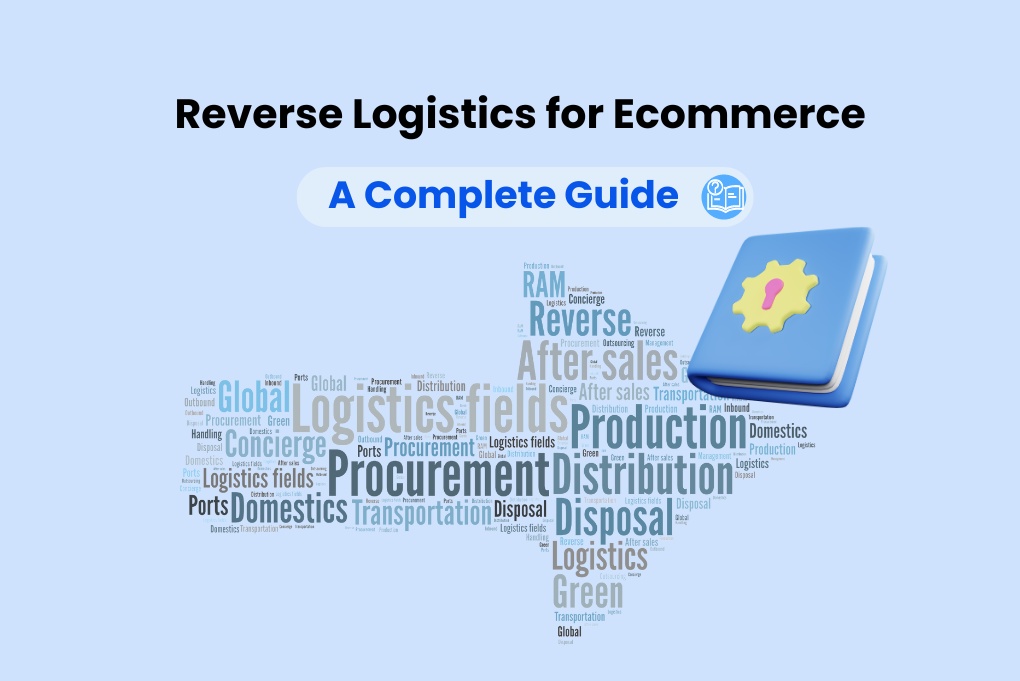
In eCommerce, a transaction often does not end with a successful sale but may extend to reverse logistics. Understanding how this aspect of online business works will help you provide better customer service, thus boosting loyalty and encouraging repeat sales.
Streamlining this facet of your business is key to success because customers return up to 30% of all online purchases compared to less than 10% for brick-and-mortar stores.
We understand that reverse logistics can be confusing for many eCommerce brands, so we came up with this guide. In it, we will introduce you to reverse logistics and walk you through how it works. We will share examples of reverse logistics and wrap up by recommending the ten best eCommerce logistics companies in the market.
What is Reverse Logistics?
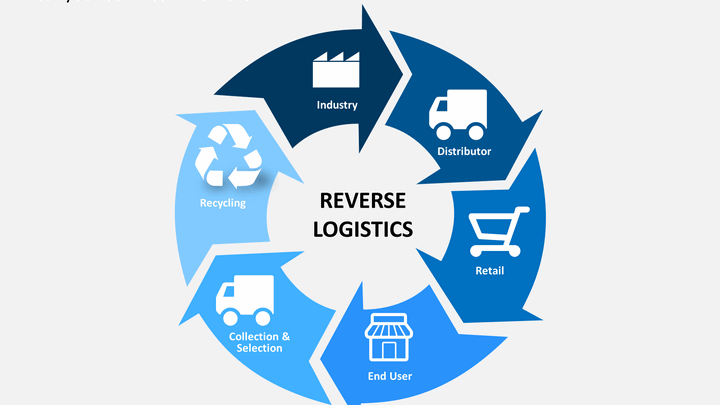
With the stage set to explore this part of eCommerce businesses, let’s dive deeper to understand what reverse logistics is and how it affects your brand.
Reverse logistics is about the processes involved in handling product returns and exchanges. The focus of reverse logistics is how a product moves from your customer to you or a supplier. It differs from traditional logistics, which concerns how an item moves from your store to the customer’s hand.
Both logistics and reverse logistics are vital to a business. However, many eCommerce brands ignore the latter mainly because of its complicated nature, the costs involved, or the excitement of closing a sale.
Understanding the Reverse Logistics Process
The purpose of the reverse logistics process is to recapture value for your business and help you meet sustainability goals, among other objectives. The specifics of this process, also called reverse supply chain, depend on your business and the products you are dealing with.
For example, if you sell electronic products, your business’s reverse logistics process may involve repairing and refurbishing devices before selling them to another target market. Your brand may also want to handle the disposal of products to reduce the negative environmental impact of these items once they’ve reached the end of life.
A sustainable clothing brand can have a retail reverse logistics process that accepts clothing items in good condition and donates them to vulnerable communities, ensuring they do not end up in landfills.
No matter how your online shop executes the reverse logistics process, it will generally be associated with the following flow.
A. Return Processing
All reverse logistic processes, regardless of the industry the business operates in, will start with processing the return. This initial step involves issuing return authorization and thoroughly examining the product to determine its condition and resaleability. Your decision at this stage will define all the other steps in the reverse logistics process, such as return shipping, refund approval, and product exchanges.
B. Categorizing the Return
Once you’ve processed a return, the next crucial step in the reverse supply chain is to categorize it according to conventions you’ve pre-determined. Categorization is vital in the reverse logistics journey because it helps to chart the course of action for each return and know what needs to happen next.
C. Reducing Waste by Moving the Product
A key objective of reverse logistics management is reducing wastage to ensure maximum resource utilization. Here, you need to strategically move products to different destinations depending on whether they are suitable for refurbishment, resale, or disposal. This step helps to enhance efficiency, which is critical in a successful reverse supply chain.
D. Doing Repairs
Some items require more than just categorization and may need repairs, which should be handled at this stage. Skilled technicians are the most valuable asset for ensuring that the products are repaired to standard so they can meet customer expectations in the marketplace.
E. Recycling
Today’s world emphasizes environmental sustainability, which makes the last leg of the reverse logistics journey focused on recycling the items that cannot be repaired or resold. Directing these items to a recycling facility enables your brand to minimize its environmental impact and contribute to a circular economy.
Reverse Logistics Examples
Different reverse logistics examples, also called reverse logistics components, exist and will apply to your eCommerce business, depending on the nature of your products. Below is a list of them and their definitions to help you better understand how reverse logistics management works.
1. Customer Returns
Customers’ returning the goods they bought is the most common reverse logistics example that eCommerce brands deal with. These customer returns can be for various reasons, such as the item not matching their expectation or a wrong product being sent to them. A smooth customer returns process is critical to boosting loyalty and keeping customers satisfied with your brand.
Learn More: 10 Common Reasons to Return an Item & How to Avoid
2. Unsold Goods
Distribution partners may return goods that they deem as excess or outdated. For this to happen, a contractual agreement must be in place with the seller specifying the terms on which unsold goods can be returned.
3. Packaging Management
Environmentally conscious brands incorporate the reuse of packaging materials, thereby contributing to sustainability goals. This packaging reuse process helps to reduce waste and allows eCommerce companies to handle the disposal of the packaging.
4. Remanufacturing and Refurbishment
Refurbishment involves restoring returned products to their original condition and reintroducing them to the marketplace. On the other hand, remanufacturing transforms returned or defective items into new products. This reverse logistics concept helps businesses participate in the circular economy by repurposing items to create valuable, market-ready products. Cannibalization of parts, which involves removing parts from one returned item for use in another, is also common during remanufacturing and refurbishment.
5. Repairs and Maintenance
Warranties and guarantees are standard for many online goods, especially electronics. These agreements integrate repairs and maintenance into the reverse supply chain so customers can get the promised service and support.
6. Equipment Rental
Leased equipment has to be returned after the expiration of the lease period. An effective reverse logistics management strategy is crucial to ensure the items reach the leasing party, who can decide to redeploy, recycle, or remarket them.
7. End of Life
Items may also be returned to the merchant or retailer if they are no longer useful to the end user, so they must be recycled or disposed of.
8 Reverse Logistics Benefits
Investing in reverse logistics is one of the best decisions an ecommerce business can make. However, some eCommerce brands still need convincing. Whether you are skeptical about the two benefits of reverse logistics or already appreciate its role, this section of the guide will enlighten you on the more valuable aspects of the reverse supply chain.
The major benefits of reverse logistics to an eCommerce venture are as follows:
1. Enhanced Customer Satisfaction
Today’s online shoppers are enlightened and want to engage with a business that delivers on time and has an equally efficient reverse logistics system. An elaborate return policy gives customers the confidence to buy, knowing that if anything happens and they need to return an item, they will not be stuck with it or jump through many hoops. This system enhances customer satisfaction and makes them loyal to your brand. You can boost the reverse logistics experience for customers by offering free return shipping and an option for a full refund.
2. Cost Savings
The cost of running a business is at an all-time high, but innovative businesses are optimizing their efficiency and profitability despite these challenges. An excellent reverse logistics flow helps your business save on administration, repair, storage, and disposal costs, which helps improve the profit figure of your online store’s income statement.
3. Data Collection for Continuous Improvement
Reverse logistics processes generate massive amounts of data, which is valuable when studying customer behavior, market demand, and product quality. When your business commits to analyzing the data in-depth, it provides insights that help you refine your strategies and offerings.
4. Brand Image Enhancement
Your brand’s reputation is significantly boosted if you have a seamless way of handling returns. Customers will view your brand positively if it streamlines the reverse logistics process, and they will share positive reviews with the public, which will help position your business favorably in the online space. An enhanced brand image attracts more customers while helping you retain existing ones.
5. Reduced Risk
With a reverse logistics management system in place, your business is better placed to quickly identify defective products from those returned by customers. Through this, your business can reduce risk by recalling the products and properly disposing of them. Some products may also need data management services before disposal. Reverse logistics help to ensure efficient execution of this to reduce the risk of misuse.
6. Resale Opportunities
Through the reverse logistics cycle, products not appealing to a particular market niche can be refurbished and resold to another. eCommerce businesses can create a resale opportunity where none seemingly exists and recapture value that would have been lost.
7. Improved Sustainability Practices
At a time when the world is grappling with rapid climate change and environmental issues, reverse logistics provide a unique opportunity for eCommerce businesses to improve their sustainability practices. Through recycling and reusing packaging, online businesses can align their reverse logistics and sustainability goals while being beneficial for ESG reporting.
8. Enhanced Compliance with Regulations
Business regulations are ever-evolving as governments formulate ways to facilitate eCommerce businesses. Many now require businesses to comply with strict environmental and product disposal regulations. Reverse logistics helps ensure compliance with such laws and avoid legal disputes.
Top 10 Reverse Logistics Companies for eCommerce
Navigating the reverse logistics landscape demands that your eCommerce brand makes strategic partnerships with reliable returns service providers. These companies help pick up the returns, deliver them to specified warehouses, and streamline the logistics supply chain management. The partners also inspect and repackage returned items, manage inventory, and sometimes handle customer refunds.
Below are the best reverse logistics companies for eCommerce to consider partnering with.
1. Shippo
Shippo is a multi-carrier shipping platform founded in 2013. It offers ecommerce businesses dedicated shipping and returns management services that empower them to serve their customers better. Shippo is among the top reverse logistics companies with the most eCommerce integrations supporting individual websites, marketplaces, and Shopify stores. The company’s platform is connected to that of its fulfillment and carrier partners, enabling online stores to manage their reverse logistics seamlessly. With Shippo, you can also benefit from a returns tracking tool.
2. ShipBob
This international third-party logistics (3PL) provider is renowned for its reliable warehouse network. The reverse logistics company can offer various services through this network, including warehousing, picking and packing, shipping, and returns management. ShipBob is powered by its returns software, which, when adopted, enables online merchants to empower their customers to generate returns labels easily and track the status of their returns. Other reverse logistics processing services offered by ShipBob include receiving and processing returns, quarantine, and disposal of items.
3. Sendcloud
Sendcloud is an award-winning shipping software integrated with over 100 carriers. This platform allows online brands to manage returns from all sales channels in one place. It also features a branded returns portal where brands can outline the returns criteria and track data on the items customers send back. Sendcloud’s return portal simplifies return label printing thanks to its bulk print option. Through the portal, generating customs documents is simple, which streamlines international returns and provides customers with a localized reverse logistics experience. This company is a leader in sustainable reverse logistics practices with its digital QR codes, which help reduce emissions.
4. FedEx
FedEx is among the most popular logistics service providers globally, and it also offers reliable inbound logistics to eCommerce brands. FedEx has over 50,000 drop-off locations where customers can leave the returned item, and the company takes over from there. It accepts pre-printed return labels and emailed QR codes for returns. The latter is also an option for no-box and no-label returns. Around 10,000 participating locations accept these kinds of returns. eCommerce returns are from merchants consolidated, which helps save return shipping costs.
5. UPS
United Parcel Service (UPS) is among the largest logistics service providers in the US. With the rapid growth of eCommerce and the need for streamlined reverse logistics, the company is in the process of acquiring Happy Returns. This move will make UPS a reliable reverse logistics service provider. Happy Returns has established itself with 10,000 box-free return locations. These widespread return bars ensure that up to 90% of all Americans are within a 10-mile vicinity of one. Happy Returns’ software enables eCommerce brands to automate returns management and offer intelligent exchanges to save lost sales based on return reason and available inventory.
6. DHL
Among the most experienced logistics service providers is DHL. This Germany-headquartered company also offers reliable reverse logistics service to eCommerce brands with 320,000 drop-off locations in the pan-European region. DHL is a pioneer of paper-free returns, and it minimizes wastage by offering pre-printed labels with the original packaging (in-box returns), enabling customers to return the item easily. The return labels can also be emailed depending on the customer’s preference. DHL’s branded returns portal can be implemented on your eCommerce website to streamline the returns process for customers. There is also an option for customers who prefer to drop off the products at a DHL service point.
7. Delhivery
India’s premier logistics service provider, Delhivery, has become a go-to option for eCommerce brands in India looking for express parcel delivery, warehousing, freight forwarding, and supply chain management services. Delhivery’s Pan-India reach extends to 2,800 delivery centers and 18,600+ pin codes. The company’s reverse logistics services include doorstep pickup and saleability verification to help with returns management. Merchants can also verify the validity of return claims from their websites by implementing Delhivery’s API.
8. ShipRocket
ShipRocket is another noteworthy company in the league of Asian reverse logistics service providers making our list. Compared to Delhivery, this service provider has a broader reach of 29,000+ pin codes throughout India. ShipRocket’s solution is AI-powered and allows your brand to accept return requests from the order tracking page that delivers real-time shipment updates to customers.
Instant refund processing is also an option available with the platform. You can also authorize quality-controlled pickups and benefit from non-intervention restocking. ShipRocket also calms customers with email and SMS notifications during the reverse logistics cycle.
9. Narvar
Narvar’s return processing system is two-pronged. Home Pickup is a next-day doorstep return pickup on the customer’s request, and Narvar partners with UPS and FedEx to offer boxless returns to customers. Notably, with Home Pickup, refund processing is also done by Narvar. This service is available in 22 metropolitan areas throughout the US.
Concierge is the alternative to Home Pickup. With this returns option, customers can drop off the item at any 200,000+ drop-off locations, including Walgreens near them. Narvar works with over 300 carriers to streamline the reverse logistics process. Concierge also features a branded returns and exchanges page that eCommerce brands can implement on their websites. Customers can tailor the returns experience – they can choose their favorite channels to receive updates on return processing (email, WhatsApp, line, and SMS).
10. ParcelLab
ParcelLab’s returns solution for eCommerce is all done under the umbrella name “Retain,” which covers the company’s processes and returns platform. The returns management solution empowers store owners to determine items qualified for returns, the return methods customers can select, and whether they can generate a return label or QR code.
Retain’s returns tracking and communication tools allow you to display the order, returns, tracking, and customer communication details in one view. This feature boosts the efficiency of your customer service team, allowing it to stay informed of anything happening to the returned item and can mitigate escalations faster.
Reverse Logistics Optimization with ParcelPanel
This guide to reverse logistics for eCommerce began by mentioning an Invesp study that found three out of ten online purchases are returned. The same survey also revealed a staggering statistic: 92% of customers confess that they will buy again from an online store if the returns process is smooth.
Enter ParcelPanel, your online store’s best option for post-purchase experience optimization. ParcelPanel is pioneering returns management solutions with ParcelPanel Returns and Exchange.
Our ParcelPanel Returns and Exchange app helps automate reverse logistics, reduce costs, and enhance your customers’ post-purchase experiences. As a bonus, this reverse logistics software is free for Shopify merchants. Give your customers the buying confidence they need this holiday season and observe the remarkable change it makes to your store’s bottom line.

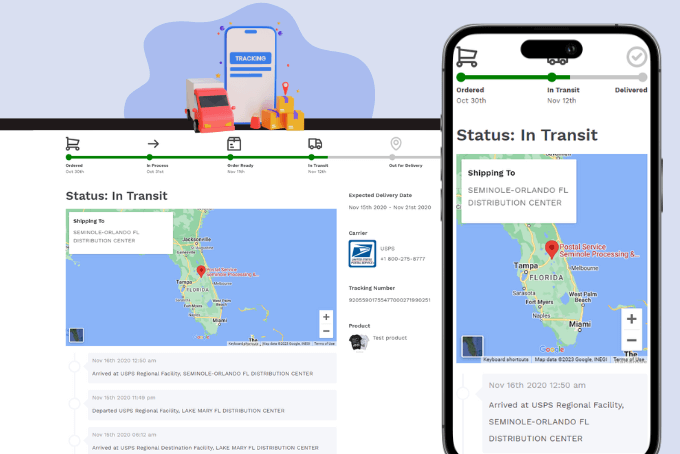
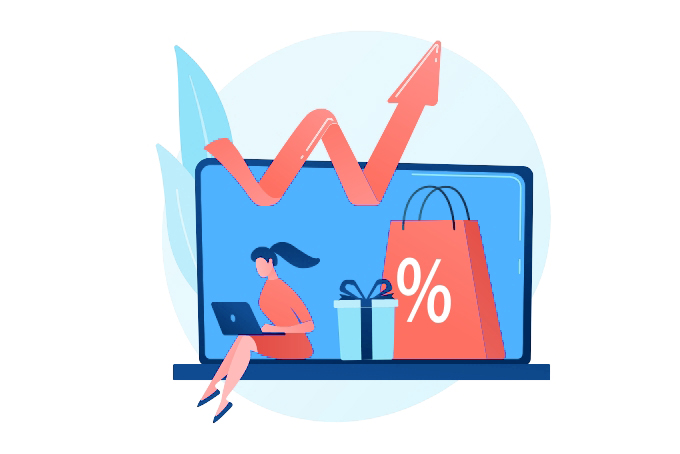

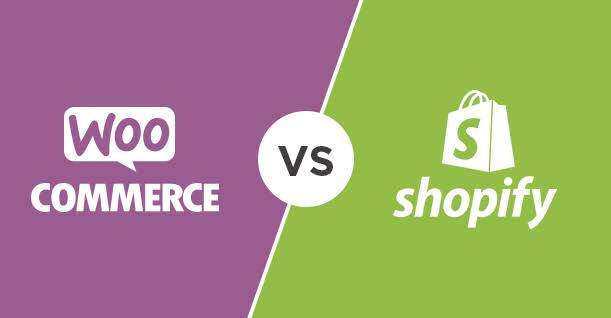



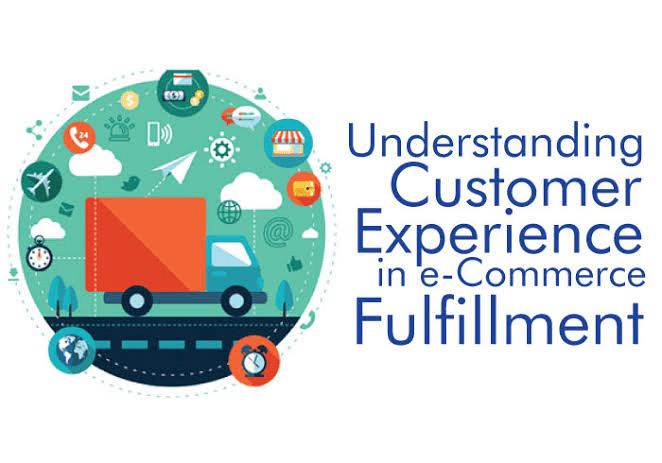

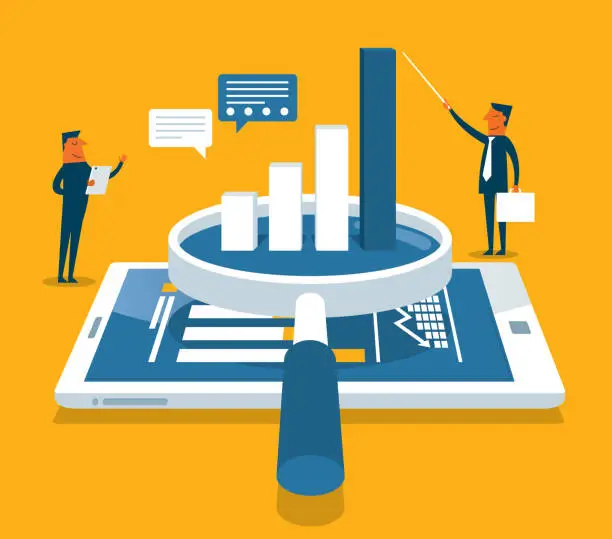
![Top 10 Loop Returns Alternatives and Competitors [2025]](https://images.surferseo.art/355d37b8-6936-4be4-b677-f5314b151724.png)
